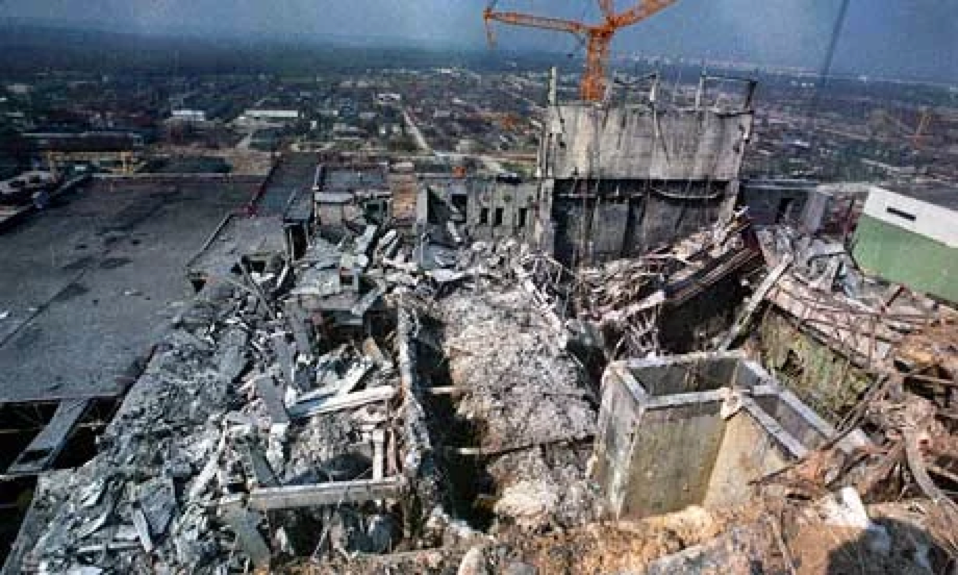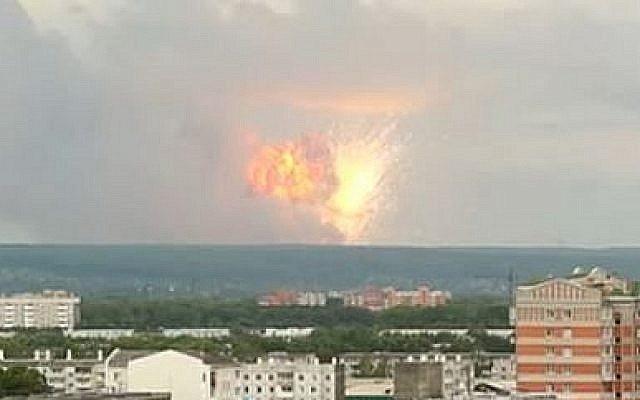

The one noticeable mistake in this respect concerns the series makers’ apparent ignorance of the vast divisions between different socioeconomic classes in the Soviet Union: in the series, Valery Legasov (Jared Harris), a member of the Academy of Sciences, lives in nearly the same kind of squalor as a fireman in the Ukrainian town of Pripyat. (There are tiny errors, like a holiday uniform worn by schoolchildren on a non-holiday, or teen-agers carrying little kids’ school bags, but this is truly splitting hairs.) Soviet-born Americans-and, indeed, Soviet-born Russians-have been tweeting and blogging in awe at the uncanny precision with which the physical surroundings of Soviet people have been reproduced. Clothes, objects, and light itself seem to come straight out of nineteen-eighties Ukraine, Belarus, and Moscow. In “Chernobyl,” which was created and written by Craig Mazin and directed by Johan Renck, the material culture of the Soviet Union is reproduced with an accuracy that has never before been seen in Western television or film-or, for that matter, in Russian television or film. This is not a good thing.īefore I get to what the series got so terribly wrong, I should acknowledge what it got right. It being television, and very well-received television at that, it is the series, rather than the books, that will probably finally fill the vacuum where the story of Chernobyl should be. Finally, the HBO series “Chernobyl,” the fifth and final episode of which aired Monday, tells a fictionalized version. But in the past year two books, one by a historian and the other by a journalist, have attempted to tell the definitive documentary story of the disaster. There have been stories in the media in Russia and abroad, many of them on the odd tourist industry that has sprung up in the disaster zone there has been a BBC documentary and a bizarre American-Ukrainian documentary.

One of the most remarkable facts about Chernobyl is that the narrative vacuum had persisted for that long, and, in fact, it has persisted since: Alexievich’s book came to prominence, both in Russia and in the West, only following her Nobel Prize win. There was a vacuum.Īlexievich’s book about Chernobyl was published in Russian in 1997, more than ten years after one of the reactors at the Chernobyl power plant exploded, in what was probably the worst nuclear accident in history.

The Soviet media disseminated very little information about the disaster. But when she asked survivors about Chernobyl they accessed their own stories more easily, because the story hadn’t been told. For all of these other events and periods in Russian history, there were widely adopted narratives, habits of speaking that, Alexievich found, had a way of overshadowing actual personal experience and private memory. For her other books, Alexievich interviewed people about their experience of the Second World War, the Soviet war in Afghanistan, and the dissolution of the Soviet Union. (Its English title, depending on the translation, is “ Voices from Chernobyl” or “Chernobyl Prayer.”) The reason, she said, was that none of her interlocutors-people who lived in the area affected by the disaster-knew how they were supposed to talk about it.
#RUSSIAN REACTOR MELTDOWN HEROES FULL#
Compare Standard and Premium Digital here.Īny changes made can be done at any time and will become effective at the end of the trial period, allowing you to retain full access for 4 weeks, even if you downgrade or cancel.Svetlana Alexievich, the Russian-language Belarusian writer who won the Nobel Prize for Literature, in 2015, for her work with oral history, has said that the book she found easiest to report was her book about Chernobyl. You may also opt to downgrade to Standard Digital, a robust journalistic offering that fulfils many user’s needs. If you’d like to retain your premium access and save 20%, you can opt to pay annually at the end of the trial. If you do nothing, you will be auto-enrolled in our premium digital monthly subscription plan and retain complete access for $69 per month.įor cost savings, you can change your plan at any time online in the “Settings & Account” section. For a full comparison of Standard and Premium Digital, click here.Ĭhange the plan you will roll onto at any time during your trial by visiting the “Settings & Account” section. Premium Digital includes access to our premier business column, Lex, as well as 15 curated newsletters covering key business themes with original, in-depth reporting. Standard Digital includes access to a wealth of global news, analysis and expert opinion. During your trial you will have complete digital access to FT.com with everything in both of our Standard Digital and Premium Digital packages.


 0 kommentar(er)
0 kommentar(er)
